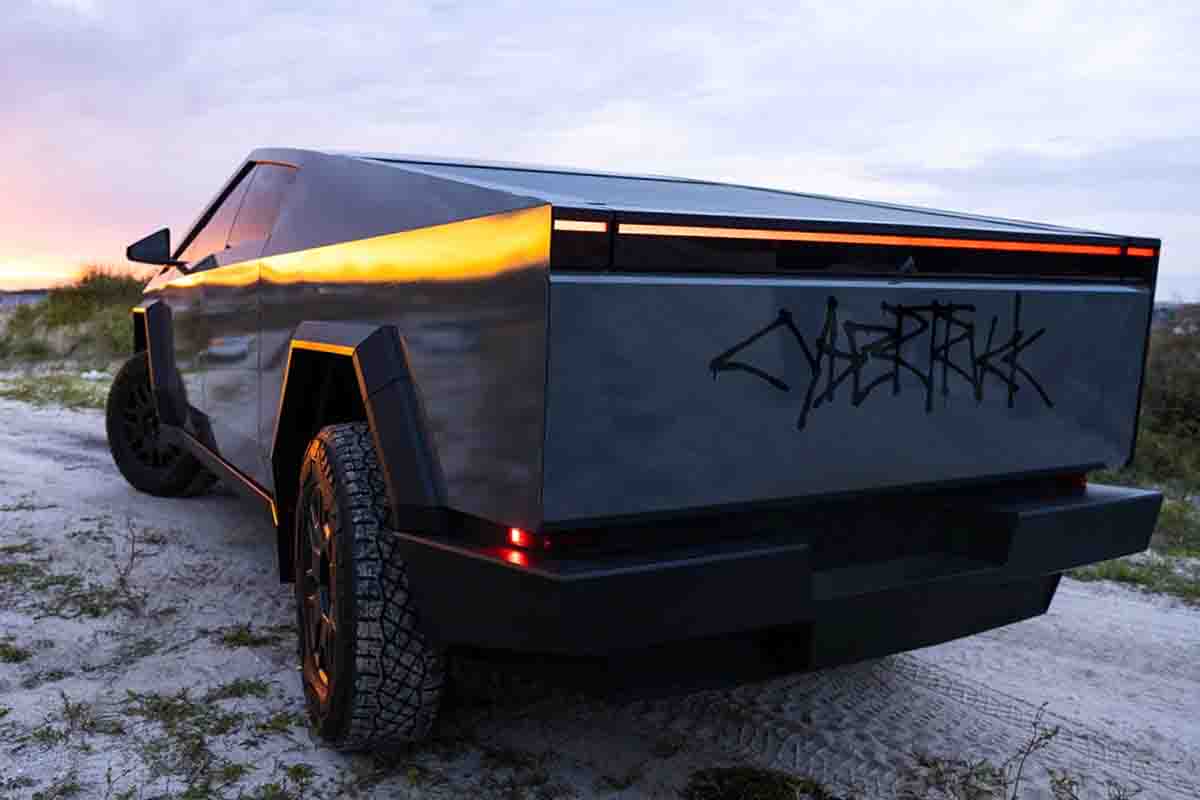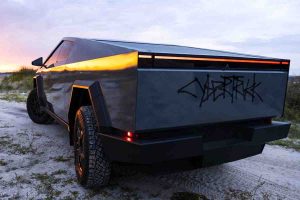The futuristic Tesla Cybertruck was supposed to be a game-changer, but its troubled launch has left many wondering if it missed the mark.
Now, with reports of a new, smaller electric pickup on the horizon, CEO Elon Musk is taking another shot at the lucrative truck market. Will this new approach be the redemption Tesla needs, or is it another risky gamble?
A Bold Gamble and a New Direction
When the Cybertruck’s unique, angular shape was first revealed, Elon Musk conceded that if the divisive vehicle didn’t sell, Tesla would create a different, more conventional alternative. He even hinted that a backup plan was already in place.
Long term, it probably makes sense to build a smaller Cybertruck too
— Elon Musk (@elonmusk) November 24, 2019
Now, with the Cybertruck’s performance falling short of expectations, that contingency seems to have become a necessity.
A Reality Check for Production Goals
Tesla initially aimed to produce 250,000 units of the Cybertruck annually, with Musk optimistically predicting that this figure could eventually reach 500,000. However, the automaker is currently selling the vehicle at a pace of just 20,000 units each year.
This enormous disparity between the company’s aspirations and its actual performance has confirmed the truck’s commercial struggles.
Tesla Cybertruck: The Future, Reimagined
In stark contrast to its initial goals, the vehicle is currently selling at a mere 10% of its maximum production capacity. Despite this evident failure, Tesla has yet to officially approve a replacement. However, the company’s VP of vehicle engineering, Lars Moravy, recently opened up about the potential of a ‘smaller pickup’, stating:
‘We always talked about making a smaller pickup. I think in the future, as more and more of the robotaxi comes into the world, we look at those options and we think about, OK, that kind of service is useful not just for people, but also for goods. [..] We’ve definitely been churning in the design studio about what we might do to serve that need for sure.’
It is ambiguous whether Moravy is hinting at a smaller version of the Cybertruck or a new pickup model specifically for goods. Regardless, one point is certain from the executive’s remarks: Tesla’s primary focus is on its ‘robotaxi’ program.
Your understanding is accurate; the sentiment expressed by Electrek is that Tesla’s intense focus on autonomy and the future of “robotaxis” is negatively impacting the company’s core business of manufacturing and selling electric vehicles. This perspective is a recurring theme in their reporting.
Autonomy as the Driving Force
According to Electrek, Musk’s bet on autonomous driving has become the central, all-consuming focus for Tesla. The company’s strategy is now viewed through the lens of achieving full self-driving and a “robotaxi” network, which is influencing key product decisions.







